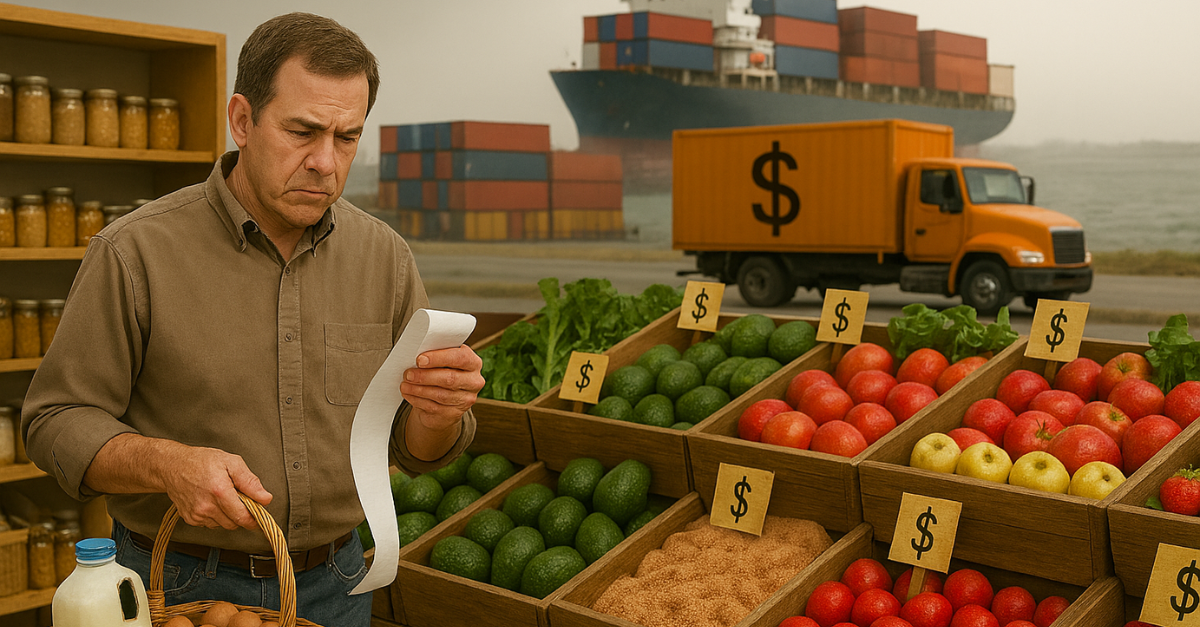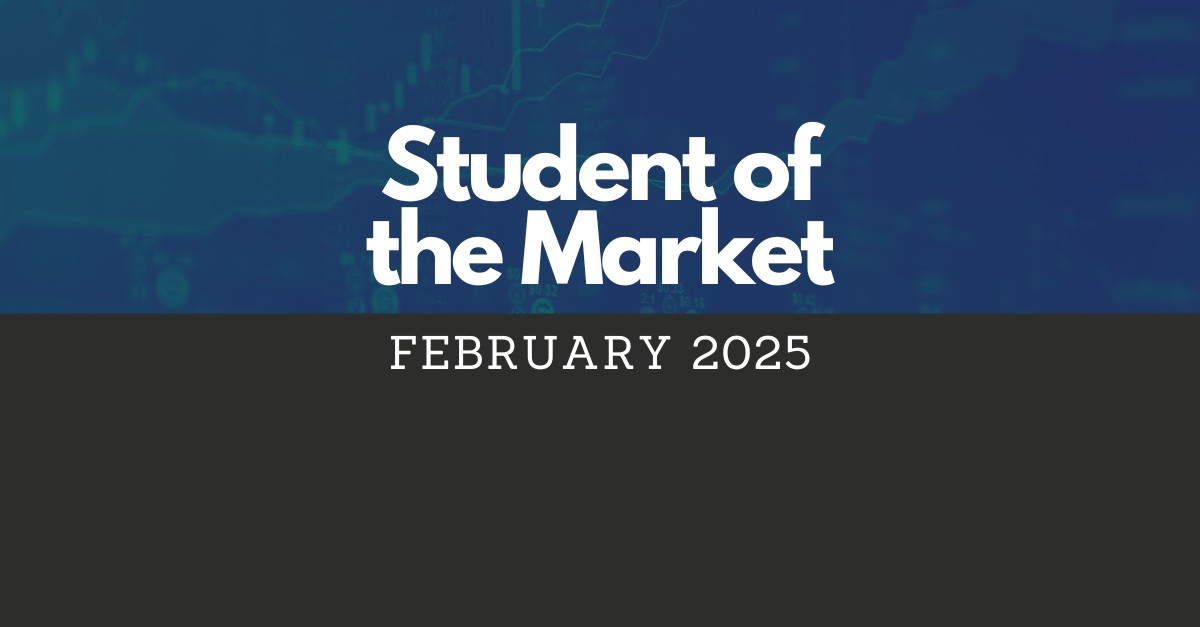You are now leaving the Strong Valley Wealth & Pension, LLC ("Strong Valley") website. By clicking on the "Schwab Alliance Access" link below you will be entering the Charles Schwab & Co., Inc. (“Schwab”) Website. Schwab is a registered broker-dealer, and is not affiliated with Strong Valley or any advisor(s) whose name(s) appears on this Website. Strong Valley is/are independently owned and operated. Schwab neither endorses nor recommends Strong Valley. Regardless of any referral or recommendation, Schwab does not endorse or recommend the investment strategy of any advisor. Schwab has agreements with Strong Valley under which Schwab provides Strong Valley with services related to your account. Schwab does not review the Strong Valley website(s), and makes no representation regarding the content of the Website(s). The information contained in the Strong Valley website should not be considered to be either a recommendation by Schwab or a solicitation of any offer to purchase or sell any securities.

How do tariffs affect what you pay at the grocery store? This article dives into the complex relationship between trade policies, groceries and durable goods, as well as impacts on your portfolio. It unravels the mystery of why prices rise or fall based on global trade changes and helps the reader understand the bigger picture.

You may not follow every headline about trade policy, but you can’t miss the ripple effect when a week’s worth of groceries suddenly costs $20 more. Here’s why those checkout‑line surprises matter to both your pantry and your portfolio.
From Cargo Ship to Shopping Cart: How Tariffs Travel
When the U.S. or its trading partners slap a tariff on imported goods—whether it’s Mexican avocados, European cheese, or Chinese steel—the sticker shock doesn’t stop at the border. Importers typically pass part of the new tax on to wholesalers, likewise, truckers add a little more to cover higher insurance and fuel, and retailers protect their own thin margins. By the time the item reaches the local store, each link in the supply chain has added a few extra cents and that compounds into dollars.
Agricultural products feel the squeeze most acutely because perishables can’t wait. If retaliatory tariffs delay shipments at ports, spoilage risk rises and prices jump even faster. That’s why strawberries can soar in May yet drop back in June when diplomatic skirmishes cool. For households on fixed incomes, such volatility is more than an annoyance—it forces difficult trade‑offs in weekly budgeting.
Tariffs as an (Unreliable) Inflation Indicator
Tariffs aren’t the only force nudging prices north—wages, energy, and weather all play roles. Historically, a broad‑based tariff hike adds a modest bump to the Consumer Price Index over 12 months. The shock is usually front‑loaded, with grocery prices reacting within weeks, while durable goods follow more slowly.
For diversification‑minded investors, the key insight is that tariffs tend to:
In other words, tariff headlines can be noisy, but their portfolio impact is uneven and often temporary. Maintaining a flexible asset‑allocation strategy offers investors room to navigate short bouts of price turbulence without abandoning long‑term growth goals.
Grocery‑Line Strategies That Double as Portfolio Habits
Just as shoppers learn to cushion their food budgets, investors can build habits that insulate their wealth from policy‑driven price swings.
In the Aisles
In the Markets
Key Takeaways
Disciplined planning helps to ensure that both your pantry shelves and retirement accounts stay productive, even when macro conditions dry up profits elsewhere.



